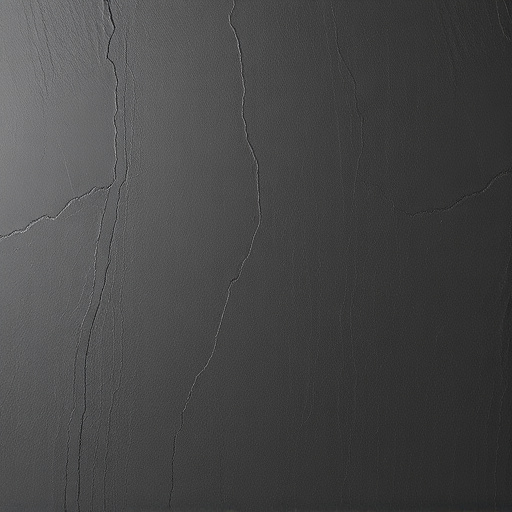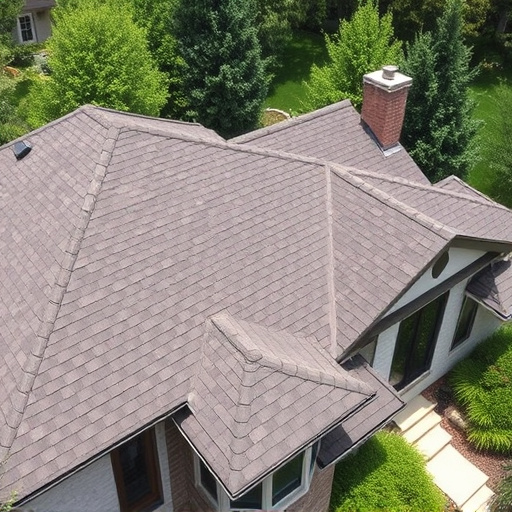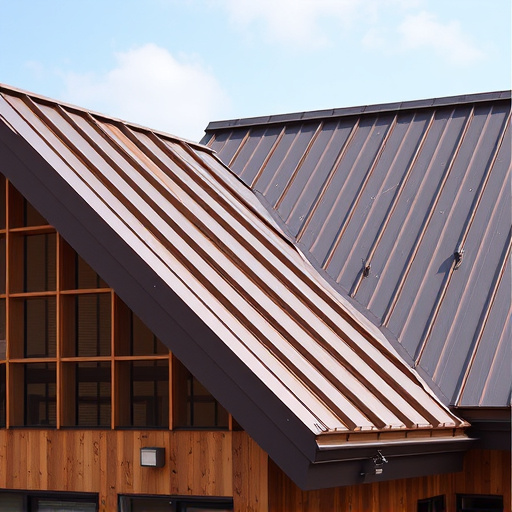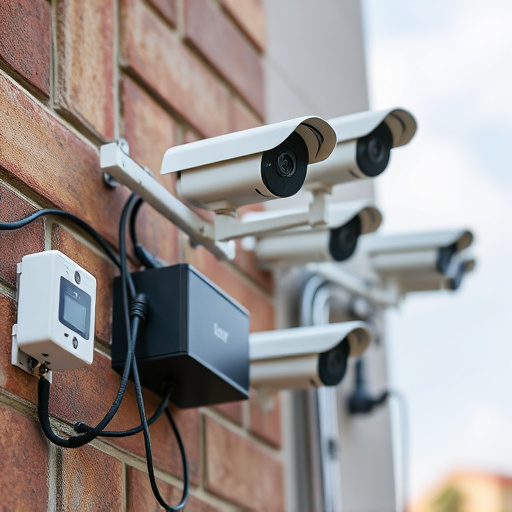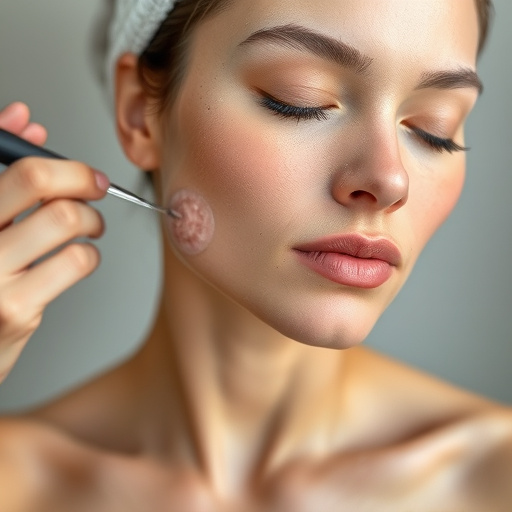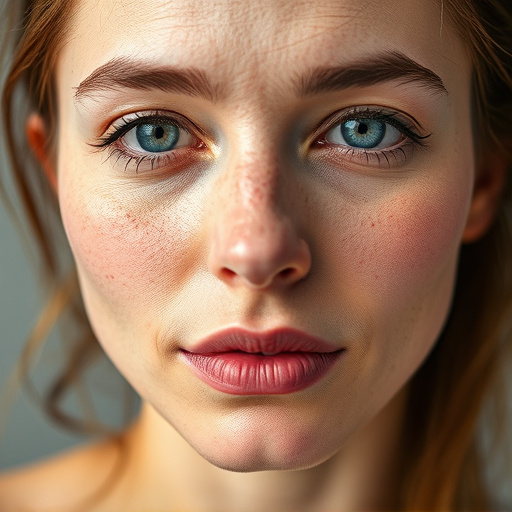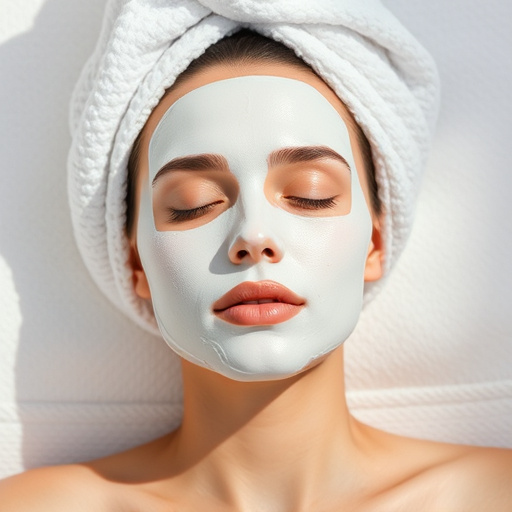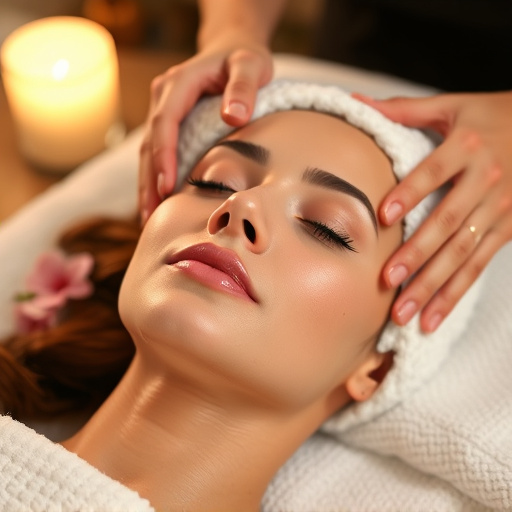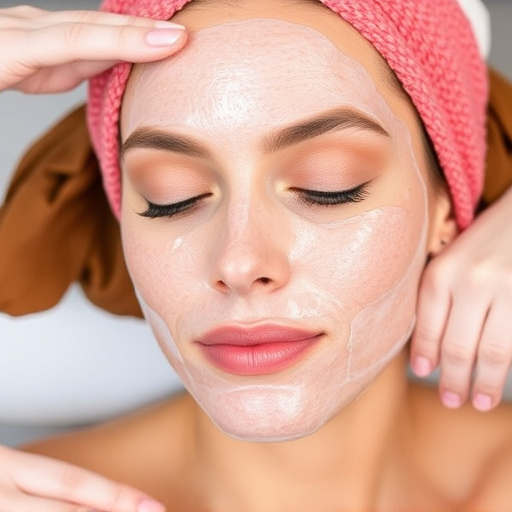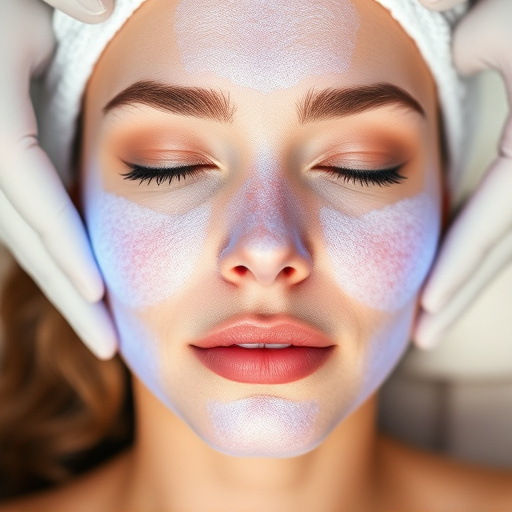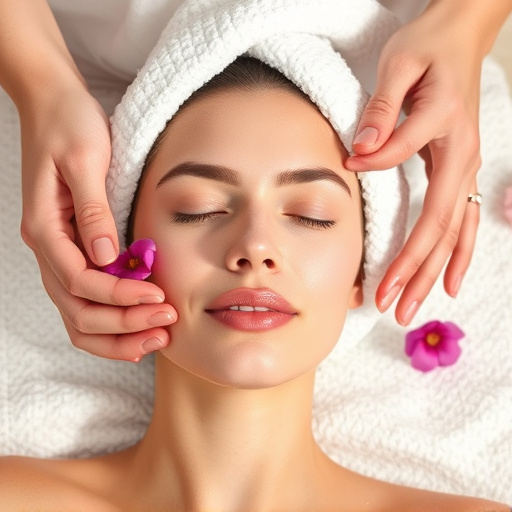Anti aging facials offer targeted skincare for signs of aging, with treatments tailored to individual needs. Frequency varies by procedure: chemical peels (4-6 weeks), skin tightening (3-6 months), Botox/fillers (several months). Personalized plans consider skin types and lifestyle; diet, sun exposure impact results. Regular sessions improve texture, elasticity, delay aging, require expert guidance for optimal outcomes.
Unsure how often to schedule that rejuvenating anti aging facial? This guide breaks down everything you need to know. We explore the benefits of these treatments and provide insights on determining the ideal frequency, tailored to your unique skin needs.
From understanding the science behind anti aging facials to factors influencing their impact, we’ll empower you to make informed decisions. Discover tips for maximizing results and learn how consistent skincare routines contribute to long-lasting youthful skin.
- Understanding Anti Aging Facials: Benefits and Frequency
- Personalized Skincare: Factors Influencing Treatment Schedule
- Maintaining Healthy Skin: Tips for Optimal Results
Understanding Anti Aging Facials: Benefits and Frequency
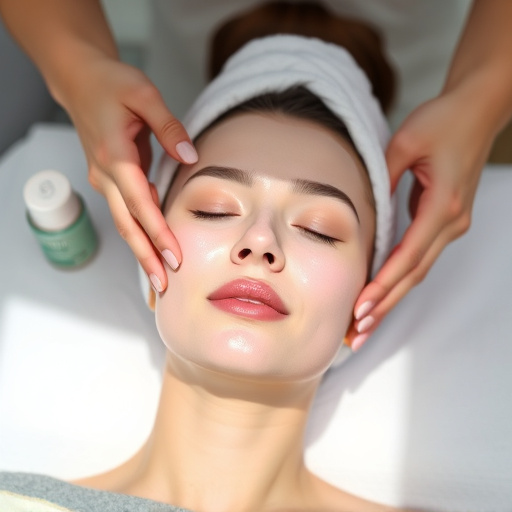
Anti aging facials are a popular skincare treatment aimed at slowing down the signs of aging. These facials go beyond basic cleansing and moisturizing by using various techniques and products to target specific skin concerns, such as fine lines, wrinkles, and age spots. Benefits include improved skin texture, enhanced elasticity, and a more youthful appearance.
The frequency of getting an anti aging facial depends on individual skin needs and the specific treatments being used. Chemical peels, for instance, can be done every 4-6 weeks to gently exfoliate the skin and promote cell turnover. Skin tightening treatments may offer longer intervals between sessions, sometimes as rare as every 3-6 months, due to their deeper penetration into the dermis layer. Wrinkle reduction treatments like Botox or filler injections typically last for several months, requiring touch-ups only when necessary. Regular facials can help maintain results and support overall skin health, ensuring that aging processes are effectively managed over time.
Personalized Skincare: Factors Influencing Treatment Schedule
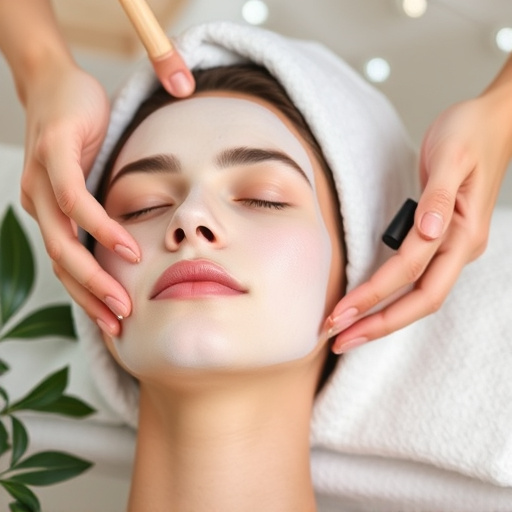
Personalized skincare plans are key when considering how often to get an anti-aging facial. Several factors influence the ideal treatment schedule for each individual. First, skin type plays a significant role. Oily, dry, or combination skin requires different approaches and frequencies. For instance, those with acne-prone skin might need more frequent visits for targeted treatments like body contouring procedures or acne treatments to manage breakouts and reduce inflammation. Conversely, mature skin concerned with wrinkles and loss of elasticity may benefit from deeper anti-aging treatments once every few weeks.
Additionally, lifestyle choices impact skincare routines. Sun exposure, diet, and sleep patterns can all affect the skin’s overall health. Smokers or those frequently exposed to environmental pollutants might require more intensive anti aging facial sessions as these factors contribute to premature skin aging. Similarly, maintaining a balanced diet and adequate rest can enhance the results of facials and promote better skin recovery between treatments.
Maintaining Healthy Skin: Tips for Optimal Results
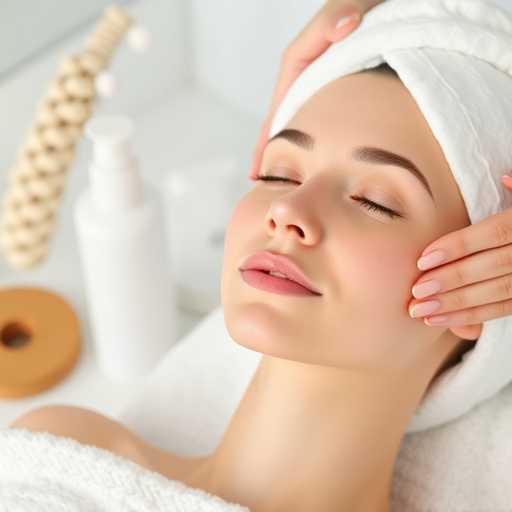
Maintaining healthy skin involves a consistent skincare routine and regular visits to a dermatologist or esthetician for specialized treatments. In addition to a daily regimen of cleansing, moisturizing, and sun protection, incorporating customized facials into your self-care routine is an excellent way to achieve optimal skin health and delay the signs of aging. These professional services go beyond what you can do at home, providing deeper cleaning, exfoliation, and targeted anti aging treatments.
Specific concerns like skin brightening can be addressed through tailored facial procedures that stimulate collagen production, reduce hyperpigmentation, and enhance overall skin texture. By listening to your skin’s needs and choosing the right facials for your specific type—whether it’s a rejuvenating deep cleaning or a hydrating treatment—you can ensure visible improvements in your skin’s appearance and feel. Remember, consistency is key; just like regular exercise and a balanced diet contribute to overall health, scheduling anti aging facials at intervals recommended by your dermatologist will help maintain the optimal condition of your skin.
An optimal anti aging facial routine is tailored to your skin’s unique needs, factoring in age, lifestyle, and environmental exposure. While recommendations vary, a general guideline suggests receiving these treatments every 4-6 weeks for best results. Remember, consistent skincare is key; combining regular facials with a robust home care regimen will yield the most significant anti aging benefits.
